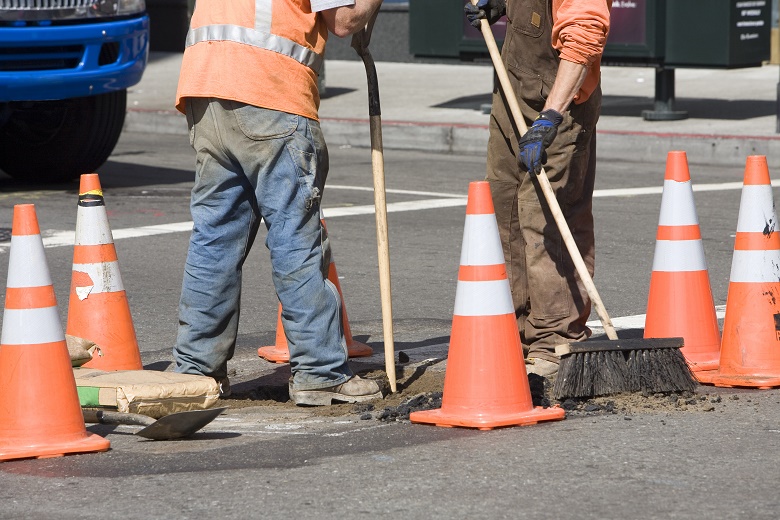
An innovative program to improve the safety of council’s outdoor workers has helped bring injuries well below the state average.
With 600 employees and more than 160,000 residents, the Hills Shire Council is in one of NSW’s fastest growing areas. But the rapid rate of growth makes workplace health and safety a notable challenge for the council, particularly for outdoor staff who face a number of health and safety risks.
Under an awareness program the council has achieved a 32 per cent year-on-year decrease in workplace injuries. While the injury rate at most NSW councils is at 17.9 days off from injuries in a million hours worked, the Hills council has an average of 8.2.
The programs sees the council hosting safety days where staff come together and talk about safety issues and consult on any potential workplace changes.
The council’s initiative was this week recognised at awards run by Insurance and Care NSW (icare), which provides public sector worker compensation insurance.
Michael Edgar, general manager of the Hills Shire Council, says the program has been a huge success.
“It’s a great event for training our staff and reminding them about the importance of checking their equipment, looking at their procedures and working safely.
“The day also allows us to build on team morale and confidence and to continue to promote a healthy culture of sharing safety knowledge and experiences,” he says.
Hazards for outdoor staff

Yeong Lee, icare’s injury prevention specialist said that outdoor council staff face quite high health and safety risks because of the number of tasks that they perform, and the changing nature of their locations.
“Outdoor workers usually work by themselves and unsupervised and there are also other risky aspects of the role. For instance, they could be performing a light, easy task at one spot and the next day they could be doing something quite heavy and unsafe.”
Mr Lee says the Hills Shire Council’s program’s success is largely due to its focus on collaboration with staff and creating a self-sustaining workplace culture.
“The program focuses on building a safety culture through encouraging accountability and that’s something I haven’t seen all businesses do. Most businesses focus on compliance and policy and procedures but when performed by workers it takes it to the next level.”
Since the program launched, Mr Edgar said he has seen not only a reduction in injuries but a complete turn-around in the attitude of staff to workplace safety.
While most councils have workplace health and safety policies, encouraging a culture of safety is particularly effective, Mr Lee says.
To address the high risk of injuries amongst outdoor workers, councils should recognise the importance of directing resources to target outdoor injury prevention, with a focus on consultation, Mr Lee says.
“Don’t treat outdoor workers as office-based workers and actually work out what works for these workers. For all councils having a consultation process, whatever shape or form it may be, is very important.”
Comment below to have your say on this story.
If you have a news story or tip-off, get in touch at editorial@governmentnews.com.au.
Sign up to the Government News newsletter.